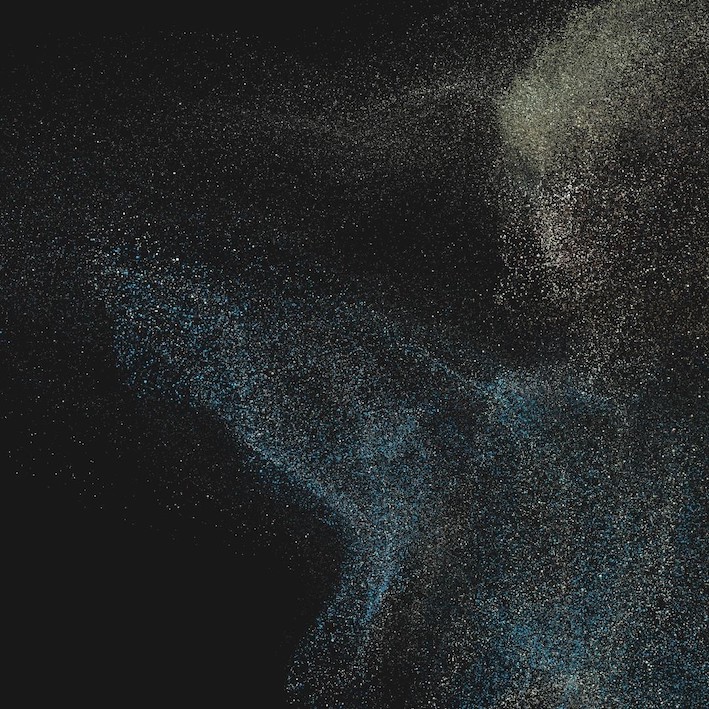Simone Martinotta is a third-year student at the Faculty of New Technologies of Art (New Media Art) at the Brera Academy of Fine Arts, Milan, Italy. Passionate about philosophy and social sciences and with a high school education of a scientific nature, he now tries to investigate the reality that surrounds him from an artistic perspective attempting to unite Art and Science. During his brief experience a central role has always been that of the union between Man and Technology, considered each time by virtue of achieving a symbiosis between the human being and the machine, a very important issue that involves life since the first experiments in the artistic field. By virtue of this he has often found himself in the position of investigating the new technologies made available by scientific progress and new generative AI tools, so much so that his final thesis work entitled Ars e Techné, Man in the Age of Technology will focus precisely on an investigation of the relationship between Art and Technology, analyzing how this can bring a notable advantage to the human condition but always recognizing its limits with respect to the sensitivity that is exclusively human. ARTIST WEBSITE
In an increasingly digital Universe where individual identities are more and more frequently indistinguishable, what role does the individual plays, understood in his fictitious uniqueness? This work attempts to explore the theme of the depersonalisation of the individual within the virtual World through a particle system that gradually disintegrates and then recomposes itself into the essence of the physical body belonging to the everyday dimension of human existence. Within this ever-changing dynamic, the Human Being finds himself in a condition that is both highly flexible and, at the same time, extremely fragile – a state from which is difficult to emerge without being overwhelmed by a reality artificially produced by humankind, yet one that today may be presenting itself as the only possible way of life. For an untranslatable concept of “Mutable Self” or “One’s Changing Identity”, the work seeks to establish a relationship between a physical dimension and a parallel virtual one – a mosaic of identities that is difficult to allign, and for this very reason, expressed through the continuous random movement of the self within the digital ether. Within this fragile context, the human figure – brought into the digital Universe through scanning – is subsequently interpreted by a particle-based component, which further emphasizes the ephemeral nature of the self, and manipulated in real time through the interaction with a MIDI controller, in a futile attempt to reestablish the primary order that defines the true essence of Man as a physical entity.


